How much do the world's richest countries really donate in foreign aid?
Foreign aid: who donates the most?

Foreign aid matters to low-income countries. Official Development Assistance, or ODA, is aid that supports economic development in specific areas like health, education and infrastructure. It can make up two-thirds of all external financing for the least well-off nations.
The United Nations calls for the world's richest countries to donate 0.7% of their gross national income (GNI) as foreign aid. But only a handful of countries hit that target, and an increasing number of nations have signalled they intend to slash their foreign aid budgets going forward.
Read on to see who’s the most generous and who gives the least, based on data from the Organisation for Economic Co-operation and Development (OECD) for 2023, the most recent full year available. Countries are ranked by the percentage of GNI donated.
All dollar amounts in US dollars.
30. South Korea: 0.17%

South Korea has the distinction of being the only country that's transitioned from receiving ODA to donating it. That said, its amounts are small.
Between 2021 and 2022, the nation upped its ODA from 0.16% to 0.17%. However, the volume of money it donated decreased fractionally, falling to $2.8 billion (£2.3bn). In 2023, the percentage of GNI donated remained the same, but the dollar donations moved upwards to $3.16 billion (£2.6bn)
South Korea does have bolder aid ambitions. It’s made numerous pledges of financial assistance, promising $70 million (£56m) to Gavi, the Vaccine Alliance, for example. What’s more, it plans to double its budget for Pacific Island countries to $40 million (£32m) by 2027.
=28. Portugal: 0.19%
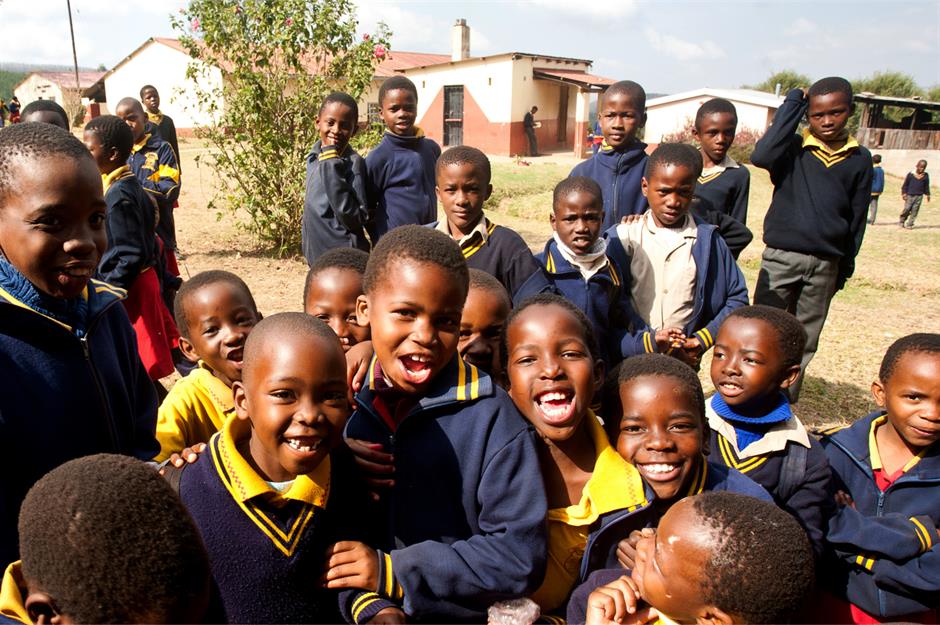
Portugal gave $530 million (£424m) in 2023 which was 0.19% of GNI – fractionally down on the previous year’s 0.21% figure. However, its aid donations have generally been on an upward trajectory since 2018.
The higher figures for 2022 were due to extra aid given following the onset of Russia’s invasion of Ukraine, as well as support for developing countries in combating the COVID-19 pandemic. Some of these were African countries, particularly those that speak Portuguese.
=28. Australia: 0.19%
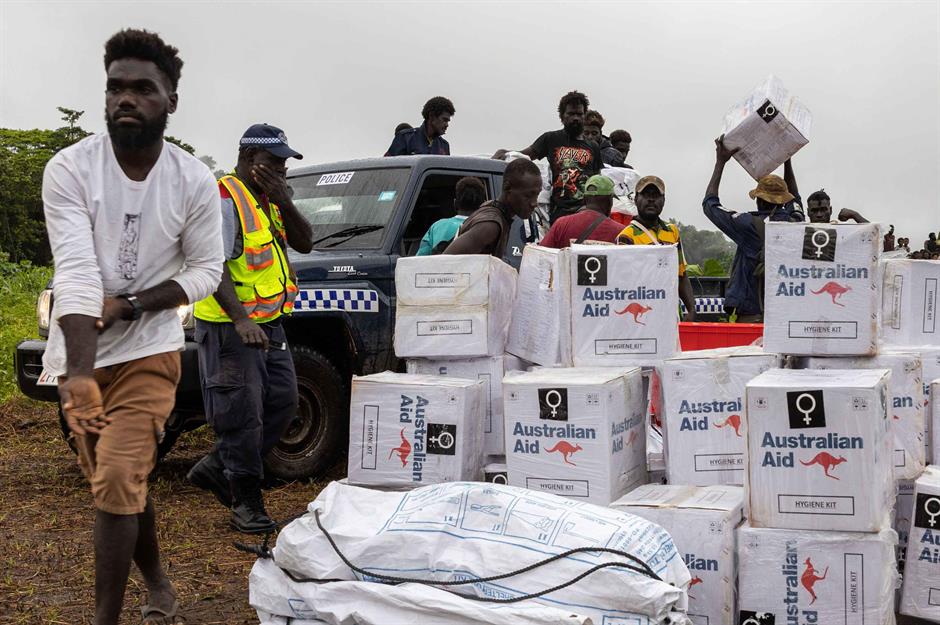
In 2023, Australia donated $3.25 billion (£2.6bn) in foreign aid, which amounted to 0.19% of its national income, echoing the proportion it gave in 2022. This figure has declined since 2012, when it was 0.36%. The Australian government has said it plans to increase contributions in future, aiming for a growth rate of 2.5% per year, according to its 2023–24 budget, so the next OECD report might reflect that.
Much of this aid goes to poorer nations in the Indo-Pacific region. Over the next four years, Canberra plans to increase its Pacific aid by A$900 million ($566m/£456m).
=24. Czech Republic: 0.24%

The Czech Republic massively stepped up its donations earlier in the decade but its proportion of income as aid fell back again in 2023, from 0.38% to 0.24%. In monetary terms, that represents some $810 million (£653m).
The Czech government says the previous higher figure was largely due to the one-off costs of housing refugees from Ukraine, hence the decrease in 2023. It says it’s nevertheless funded over 400 projects in over 80 countries.
=24. Slovenia: 0.24%
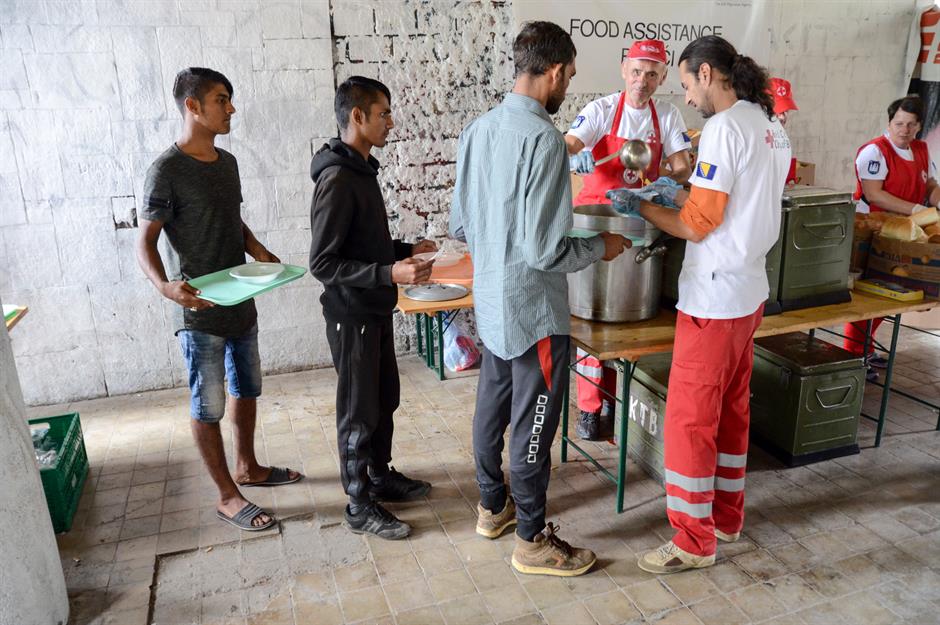
Slovenia donated $160 million (£128m) in foreign aid in 2023, which accounted for 0.24% of its GNI. This is a $40 million (£32m) and 0.5% decrease on 2022, when refugee costs related to Russia’s war of aggression on Ukraine temporarily increased the figures.
The OECD says Slovenia punches above its weight in influencing the overseas aid community, which especially values its work in the Balkans. It aims to increase its ODA to 0.33% of GNI by the end of this decade, but as the OECD notes, its finances are not yet in line with that ambition.
=24. Spain: 0.24%
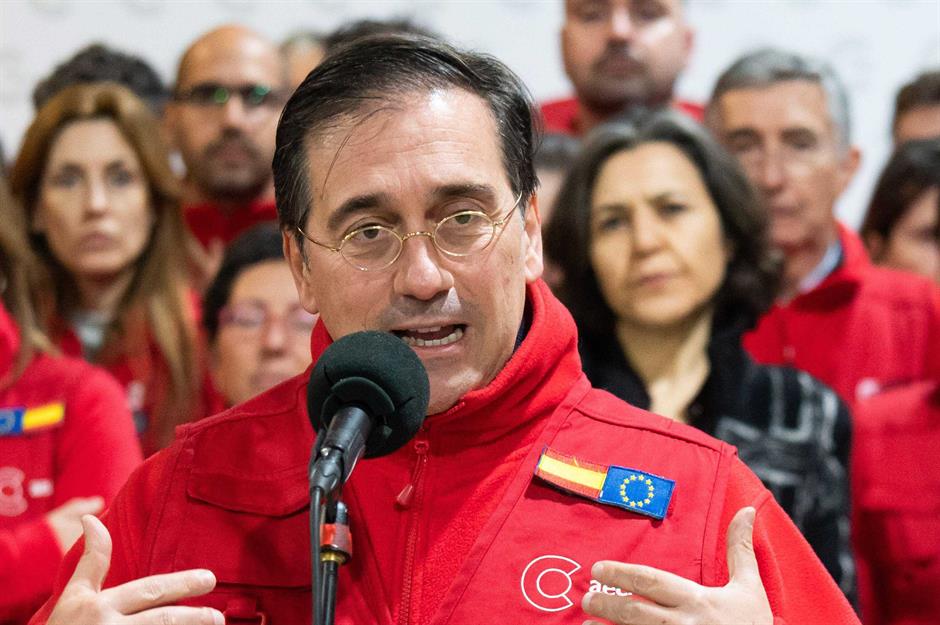
Like Slovenia, Spain’s ODA significantly increased in 2022 thanks to so-called in-donor refugee costs incurred as a result of the war in Ukraine, then fell back again in 2023 as those one-off obligations subsided.
Madrid gave 0.24% of its income in aid, down from 0.3%, and this represented $3.88 billion (£3.1bn) rather than $4.3 billion (£3.5bn) in 2022. Oxfam has condemned the inclusion of in-donor refugee costs when calculating ODA, claiming "it is not development aid" as it's spent domestically.
=24. USA: 0.24%

The United States donates by far the most aid money in absolute dollar terms: In 2023 it gave a gargantuan $64.69 billion (£52.1bn) to poorer countries. However, given the immense size of the American economy, this turns out to be less impressive than it might seem since it's only 0.24% of GNI. The largest amounts went to Ukraine, the Middle East and Africa.
Washington’s aid faces radical changes under the new Trump administration. The president’s billionaire ally Elon Musk, who’s now in charge of shrinking the federal government, has said its aid agency USAID is “beyond repair” and is taking steps to shut it down. A federal judge has since blocked the move. Whatever the legal outcome, it seems inevitable that an even smaller proportion of America's GNI will be dedicated to overseas aid in the future.
23. Italy: 0.27%
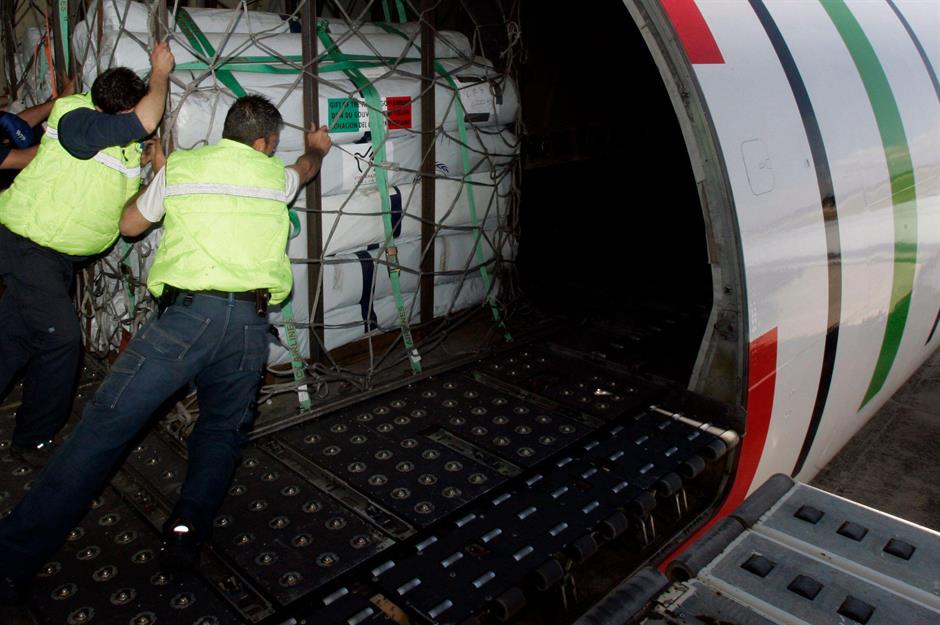
In-donor refugee costs do make their presence felt in the statistics. Thanks to them, Italy is yet another country that increased its total monetary contribution to foreign aid up to 2022, only to see it decrease the following year.
It gave 0.27% of its income, totalling $6.12 billion (£4.9bn) in 2023, making it the eighth largest in terms of dollars among the OECD’s forum of big donors, the Development Assistance Committee (DAC). Still, it’s short of the DAC’s average spend of 0.37% of GNI and far below the UN’s 0.7% target.
22. Lithuania: 0.30%
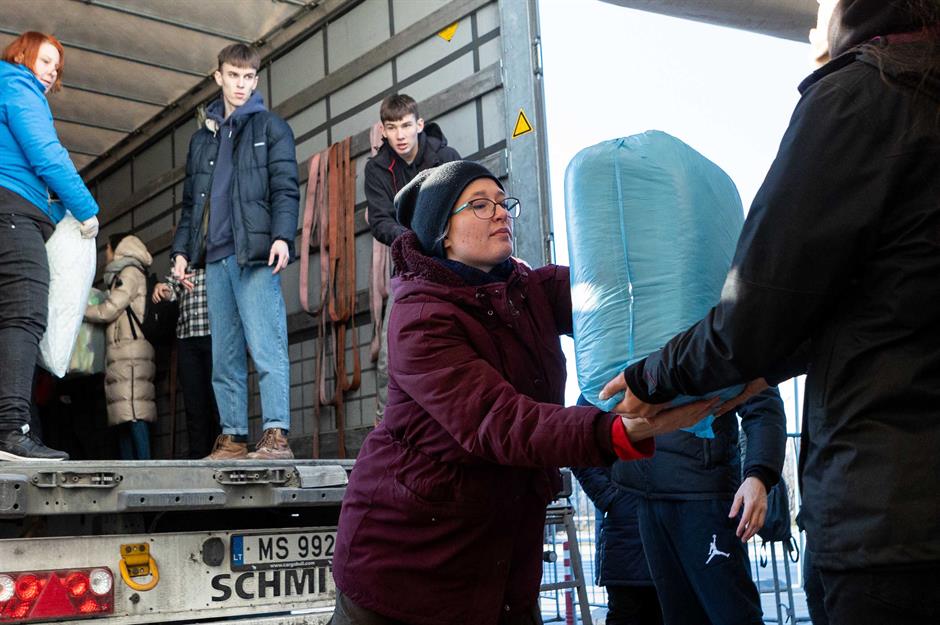
Lithuania made $210 million (£168m) in aid contributions during 2023, or 0.3% of its GNI. As recently as 2021, it gave a comparatively meagre $86 million (£68m), or 0.14% of its GNI, meaning its donations soared by a whopping 144%.
In common with many other countries, the growth has been mainly due to increasing aid for nearby Ukraine, which accounted for around a third of the nation's ODA, according to the Lithuanian Development Corporation. In 2023, Ukraine became the largest-ever recipient of international aid for any single country in a given year.
21. New Zealand: 0.31%
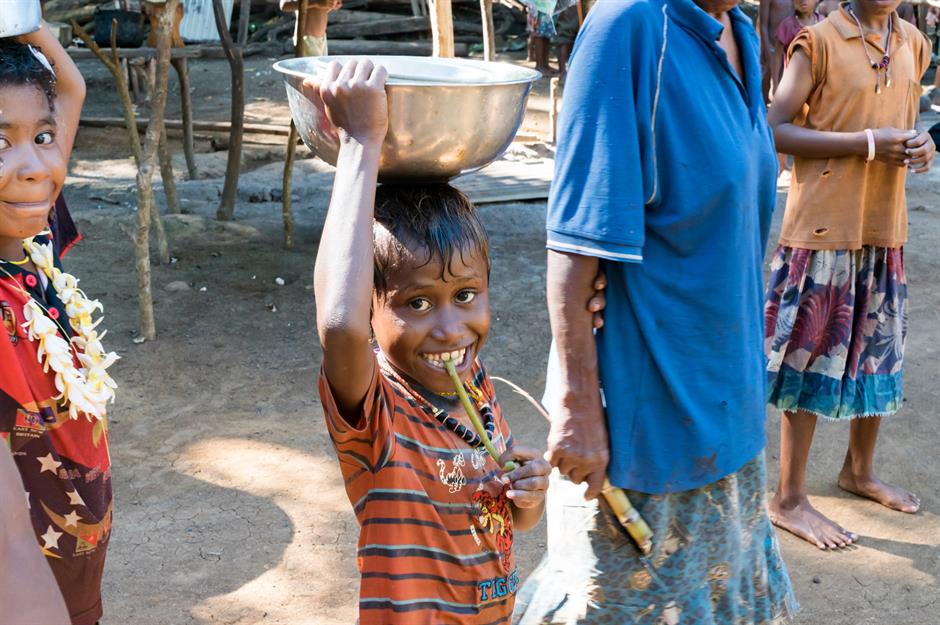
New Zealand’s allocation towards ODA soared in 2023, up from 0.22% of GNI to 0.31%, with some $760 million (£612m) given. Perhaps unsurprisingly, the nation devotes the largest share of its ODA to neighbouring countries in Oceania.
New Zealand's ratio nevertheless remains below the average for wealthy countries (around 0.33%) and well below the UN target of 0.7%. And the 2024/25 budget suggests there’ll be a marked decrease in ODA over the coming years, perhaps reflecting the nation’s recent economic headwinds.
20. Poland: 0.33%
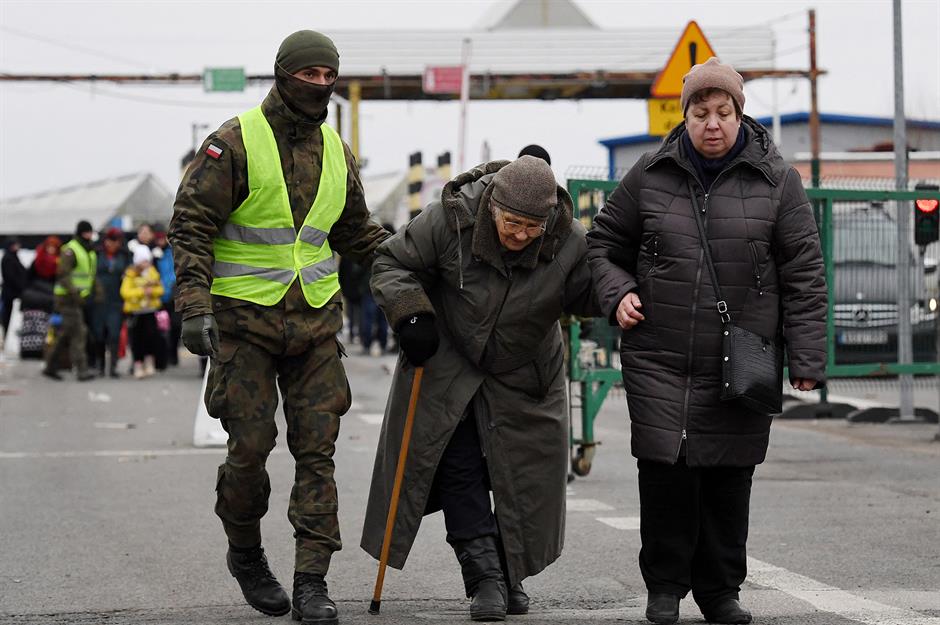
2023 marked the 10th anniversary of Poland joining the DAC, but its aid donations were less than the previous year’s in terms of the percentage of GNI and the absolute dollar amount given.
Specifically, Warsaw donated 0.33% of its income which was a sizeable reduction from the 0.53% it gave in 2022. At $2.58 billion (£2.1bn), it was also less than that year’s $3.5 billion (£2.8bn). Poland's ODA strategy focuses on its Eastern European neighbours – especially Ukraine – plus the Middle East and Africa.
19. Iceland: 0.35%
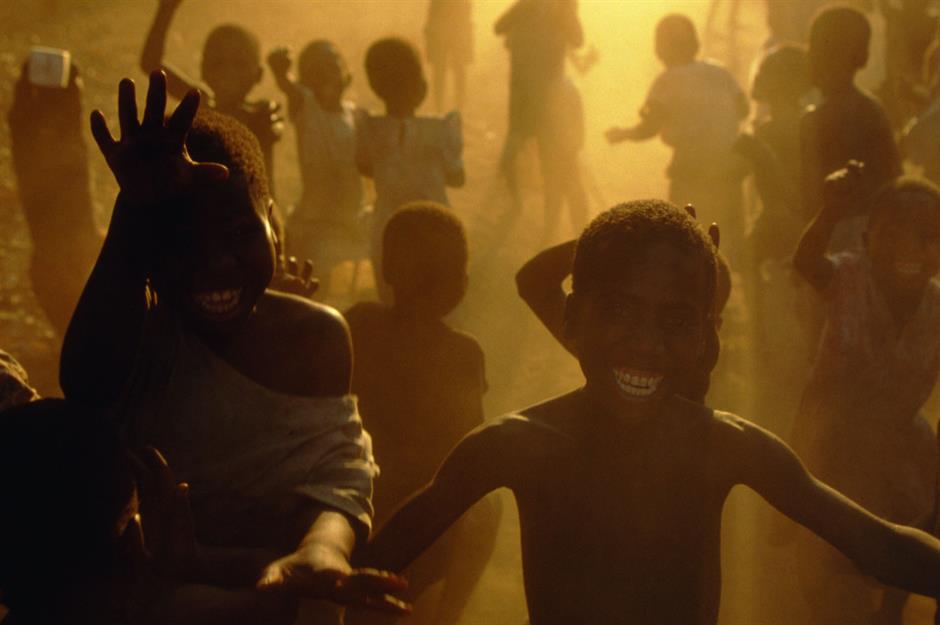
Tiny Iceland, whose population numbers just 376,000 people, gave exactly half the UN target in aid, at 0.35% of its income or $110 million (£89m). According to the Government of Iceland's website, its three priority partner countries are Malawi (pictured), Sierra Leone and Uganda, where it's working to "reduce poverty and hunger and promote improved livelihoods".
Looking forward, Iceland has set goals to increase ODA to 0.46% of GNI by 2028.
=17. Austria: 0.38%
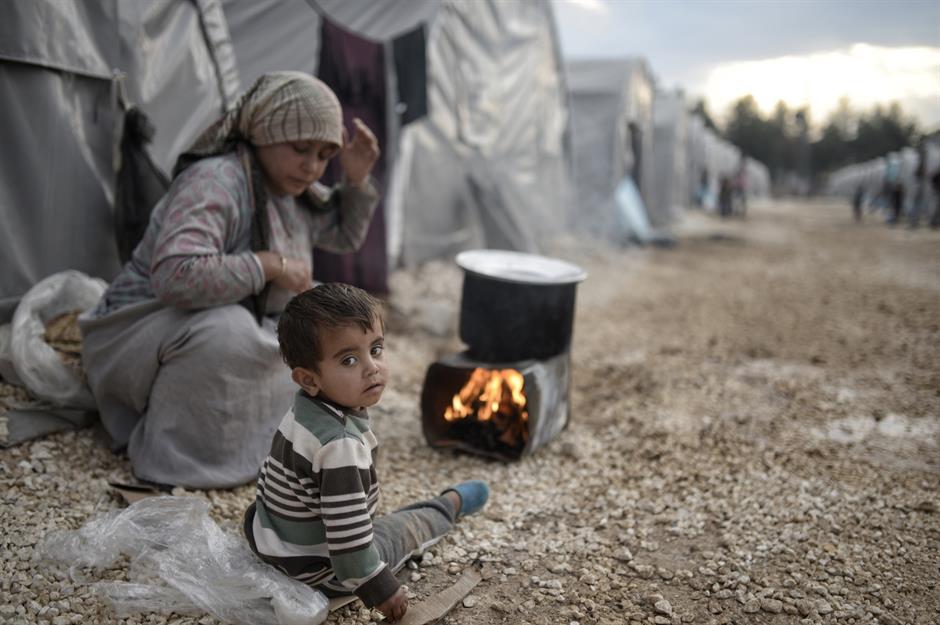
Austria’s allocation for 2023 was consistent with its previous year’s figure, at 0.38% of income, though the dollar figure grew slightly from $1.8 billion (£1.5bn) to $1.96 billion (£1.6bn).
It’s a significant increase since 2021, when it provided nearly $1.5 billion (£1.2bn) worth of aid. However, it's still well below the UN's 0.7% target. What's more, the OECD suggests the uptick has been due to rising in-donor refugee costs, which – as previously mentioned – Oxfam doesn't believe should qualify as ODA.
=17. Canada: 0.38%
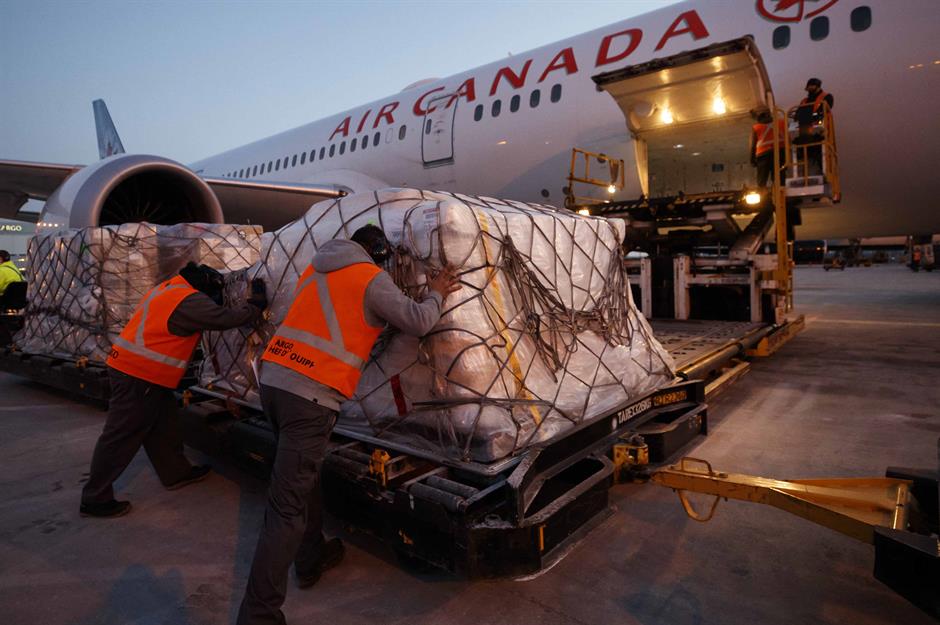
Canada bumped up its foreign aid contribution by 8% in 2021 and followed this up with another increase in 2022, which accounted for 0.37% of its income. For 2023, the figure increased marginally to 0.38%, which equates to some $7.97 billion (£6.4bn) in aid.
The North American nation is committed to increasing its ODA every year until 2030, and it’s already the sixth most generous country in absolute dollar terms.
16. UAE: 0.40%
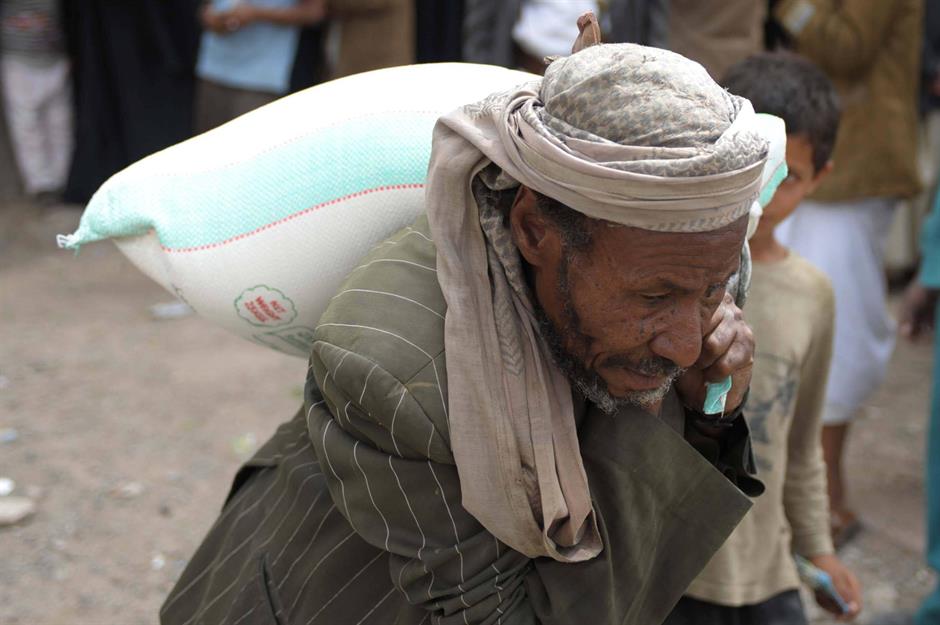
The United Arab Emirates isn’t a member of the DAC but it’s nevertheless a significant aid donor, albeit with an outlay – like most nations – well below the UN donation target. In 2023, the small but wealthy nation donated 0.40% of its income, representing a hefty $2.07 billion (£1.7bn) in all.
The UAE government says nearly half of its assistance was given in humanitarian aid to tackle issues like climate change, earthquakes and the aftermath of conflicts.
=14. Belgium: 0.44%
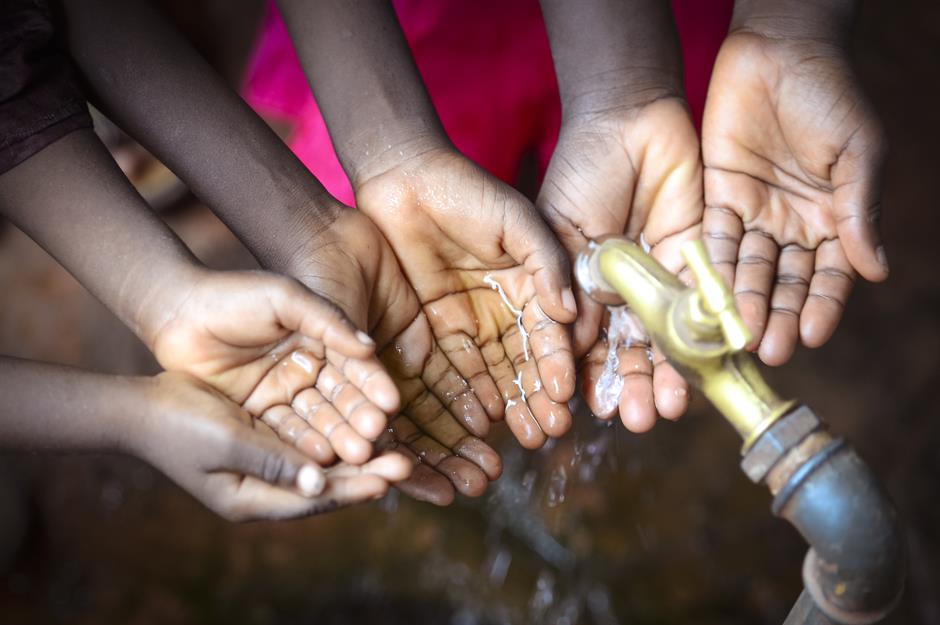
In 2023, Belgium gave $2.81 billion (£2.3bn) in foreign aid, which was 0.44% of its GNI. It gave 0.45% of its GNI the year before, or $2.7 billion (£2.2bn). The OECD has said the European country "is not in line with its domestic, international, and EU commitments to achieve a 0.7% GNI ratio by 2030".
On the other hand, while many wealthy countries have been criticised for counting the costs of hosting refugees as part of their ODA contributions, Belgium, along with Slovakia and Luxembourg, is one of the few countries that partially exclude refugee costs from their reporting. However, the nation has recently signalled that it intends to cut its aid budget by 25%.
=14. Japan: 0.44%
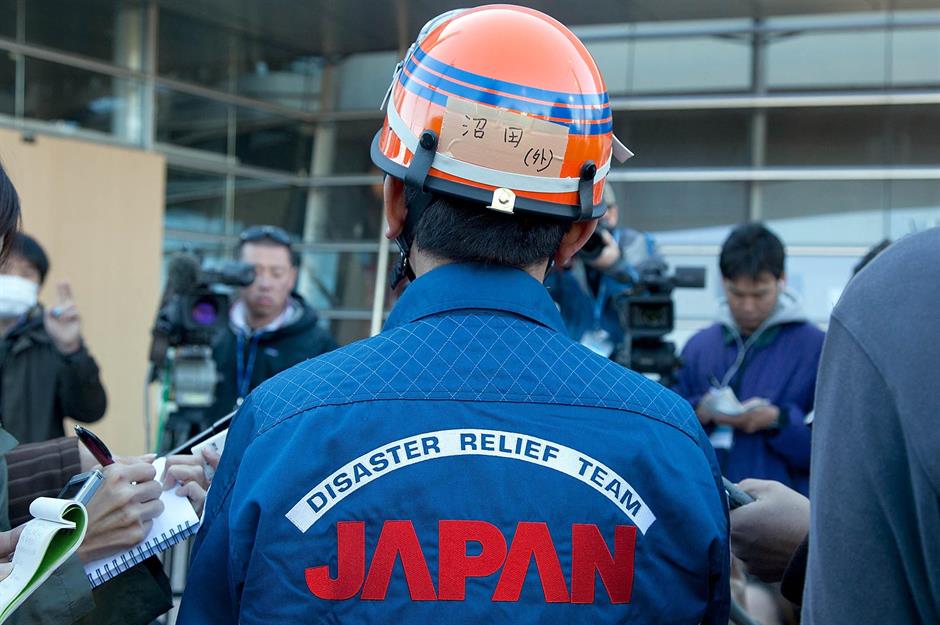
Between 2022 and 2023, Japan increased its aid contribution by 12%, donating 0.44% of its GNI. That's around $19.6 billion (£15.8bn), making Tokyo the third largest aid donor of all in absolute dollar terms.
Much of Japan’s recent rises in aid have been due to a boost in bilateral lending, including support for Ukraine. Besides that, the principal beneficiaries of Japanese ODA are located in Africa and Asia (excluding the Middle East).
13. France: 0.48%
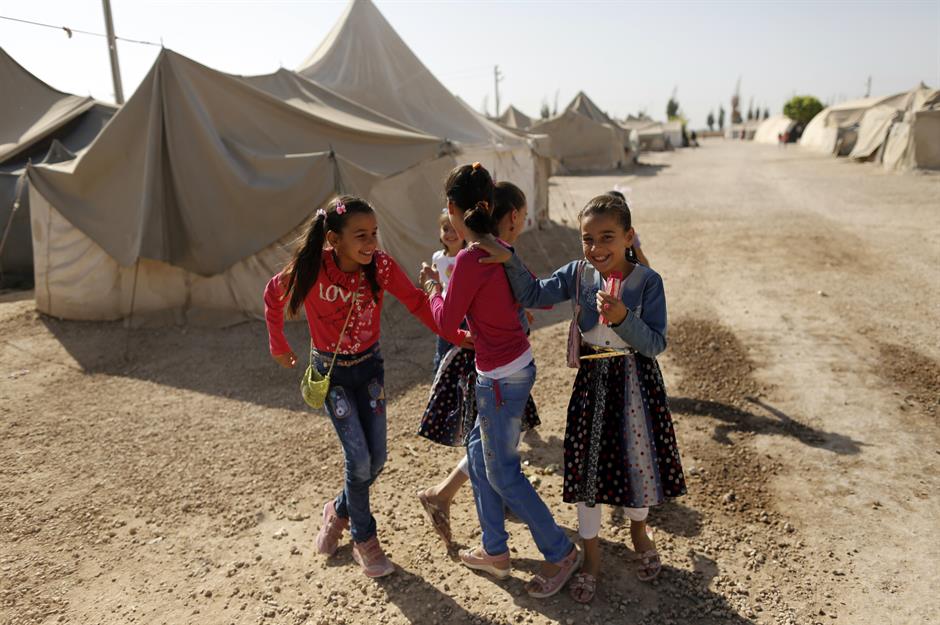
The fifth biggest aid donor in monetary terms, France donated $15.05 billion (£12bn) in foreign aid in 2023. This accounts for 0.48% of its GNI - though that’s a slight downtick from the 0.56% it donated in 2022.
The French government had planned to achieve the UN's 0.7% goal by 2030, pledging more support to countries in sub-Saharan Africa as part of its increasing commitments. However, that goal could be under threat. France's ODA budget was cut by 35% in a recently approved spending bill, and a commission has been set up to evaluate how its overseas aid is distributed following allegations by the far right that taxpayers' money is being squandered.
12. Saudi Arabia: 0.51%
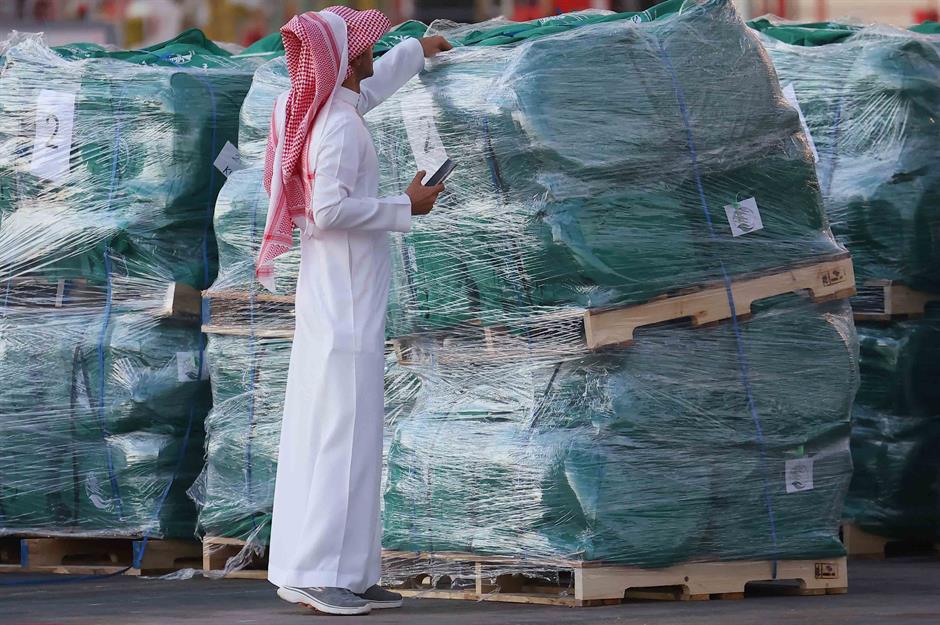
Just like its fellow Gulf state the UAE, Saudi Arabia is not a member of the Development Assistance Committee. That said, it squeaked over the half-percent line in 2023, donating 0.51% of its income in aid, which was some $5.47 billion (£4.4bn).
The Kingdom says that boosting overseas aid is part of its Vision 2030 project and that, since 1975, it’s provided no less than $131 billion (£106bn) in aid to 171 countries, sponsoring over 7,000 humanitarian, relief and development projects. Much of its largesse is spent in the Middle East on initiatives such as mine clearance in Yemen and earthquake relief in Türkiye.
11. Finland: 0.54%
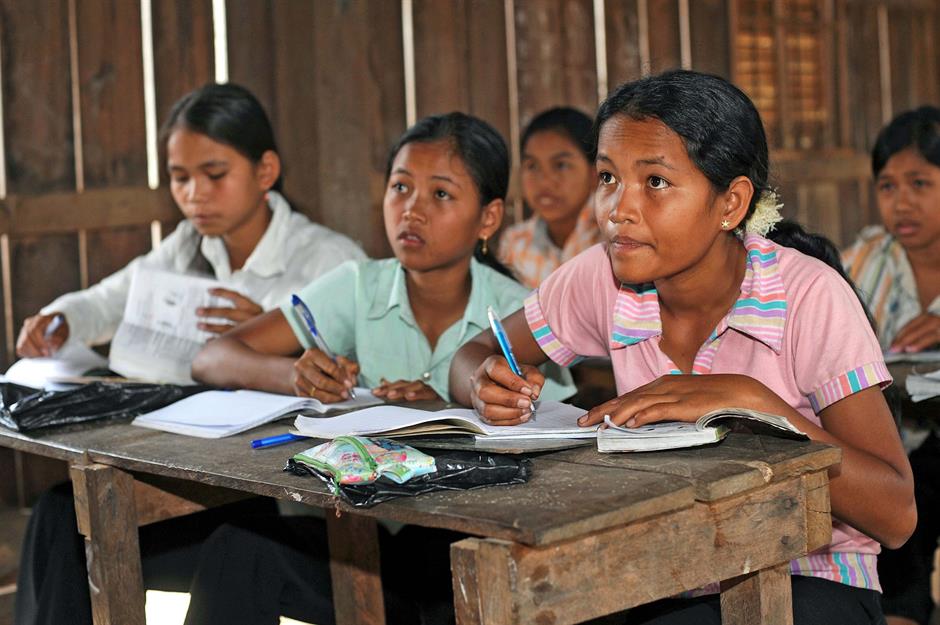
Finland gave $1.59 billion (£1.3bn), or 0.54% of its GNI, to foreign aid in 2023. That's consistent with its previous year’s effort – itself an increase of 18.7% on 2021, when the country pledged $1.4 billion (£1.1bn). Yet cuts to the ODA budget of around a quarter will now be implemented by 2027.
Finnish aid programmes typically prioritise efforts related to the rights of women and girls, education and climate change. Helsinki has declared that it will no longer give development aid to any countries that support Russia's war in Ukraine, suggesting the governments most likely to see cuts are located in Africa.
10. UK: 0.58%

As a result of the severe economic impact of the pandemic, the UK government decreased its ODA commitments to 0.5% of GNI, saying it would maintain this target until around 2027-2029. This marked the first time the UK had not met the UN's target of 0.7% since 2013.
However, in 2023, London’s aid exceeded the temporary limit after all, hitting 0.58% of GDP and representing $19.07 billion (£15.4bn) – a significant increase on the 0.51% and $15.8 billion (£12.7bn) it gave in 2022 and the fourth largest amount given by any nation. The top three recipients of UK aid were Ukraine, Ethiopia and Afghanistan. That said, the UK has since dramatically slashed its foreign aid budget by 40% as it seeks to boost defence spending, a decision Prime Minister Keir Starmer has described as "extremely difficult and painful".
9. Switzerland: 0.60%
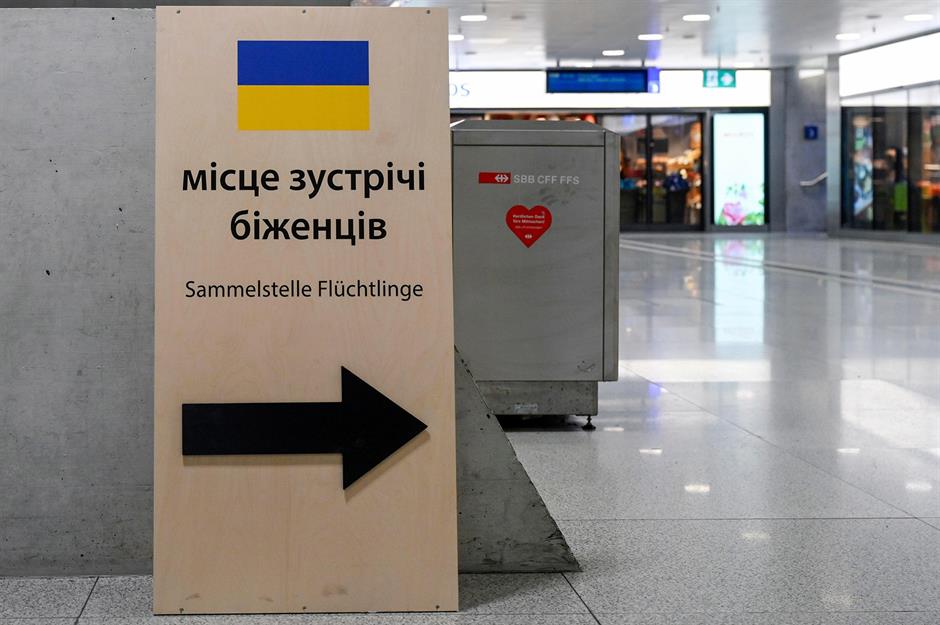
Switzerland pledged 0.6% of its GNI to foreign aid in 2023. This amounted to around $5.22 billion (£4.2bn), which marks an increase of 16% from 2022, itself a similar increase on the year before. Its aid is now at record levels.
However, Switzerland is another country in the OECD report that Oxfam would argue has its ODA figures artificially inflated due to its in-donor refugee costs. In 2023, around 28% of the country's ODA went to domestic costs for asylum seekers. Meanwhile, the Swiss Agency for Development and Cooperation (SDC) has recently seen its budget cut.
8. Türkiye: 0.62%
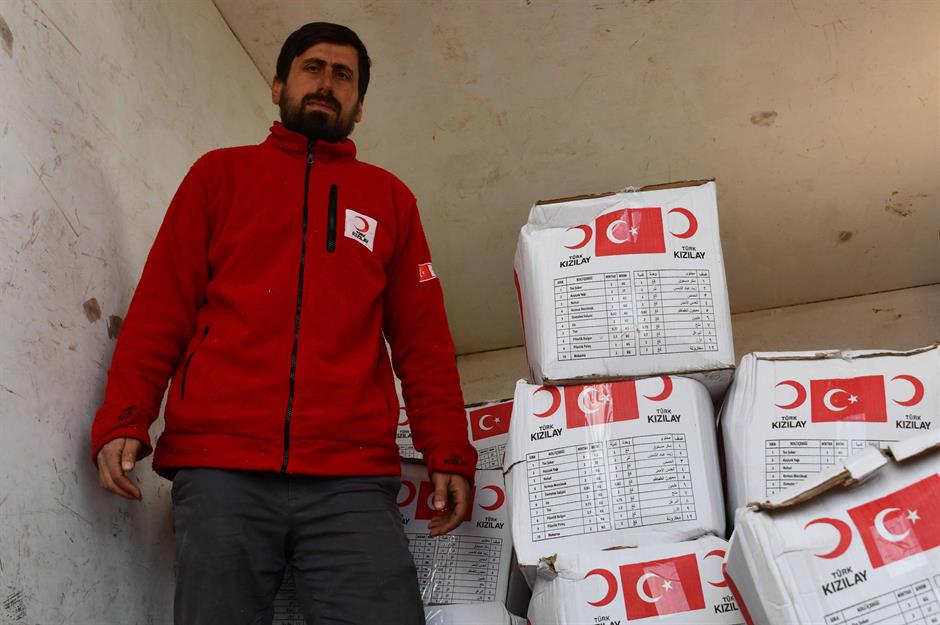
The OECD notes that countries outside of the DAC are significant providers of ODA, giving a total of some $17.4 billion (£14bn) in 2023. One such country is Türkiye, which donated 0.62% of its income, equating to over a third of that total figure at $6.84 billion (£5.5bn). Much of its efforts are concentrated in the Horn of Africa, where Ankara hopes to gain military and diplomatic influence.
The country’s not without its own aid needs too. In February 2023, earthquakes in the nation killed over 50,000 people, while the country is also host to approximately 3.1 million refugees from Syria, Afghanistan, Iran and Iraq.
7. Netherlands: 0.66%
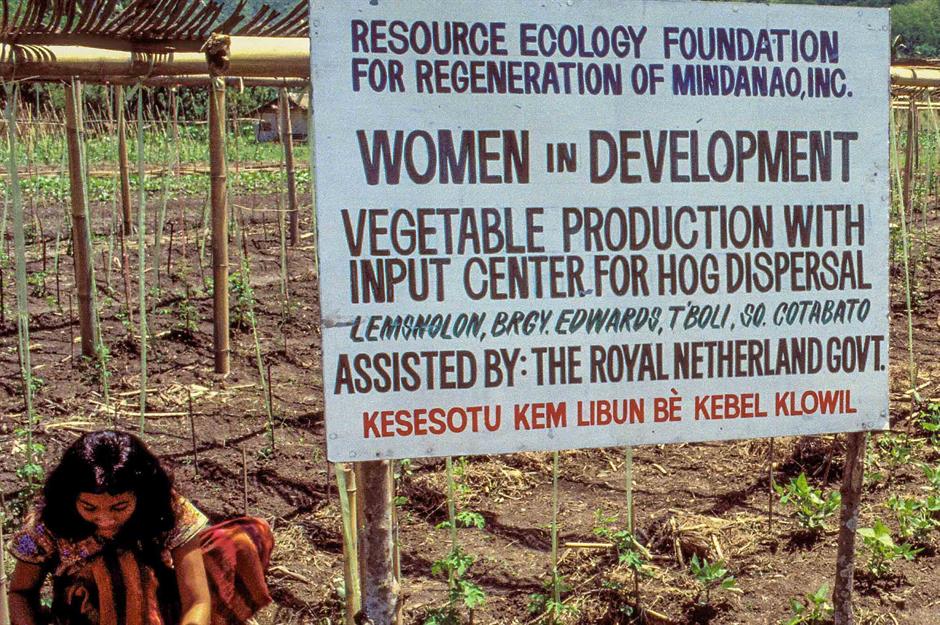
Foreign aid as a share of GNI in the Netherlands has declined over the last decade after peaking at 0.82% in 2009. Since 2022, however, the downward trend has reversed, with the figure climbing to 0.66% the year after and total donations reaching $7.36 billion (£5.9bn).
Still not quite hitting the 0.7% target, the recent increases nevertheless put the Netherlands firmly in the top 10 aid donors. However, it seems less money will be directed to ODA going forward. Budget cuts of around €8 billion (£6.4bn) are on the cards for the next four years.
6. Ireland: 0.67%

In 2023, Ireland donated $2.82 billion (£2.3bn) in foreign aid, or 0.67% of its GNI. This more than doubles the amount it gave as recently as 2021 which was just 0.30% of GNI and $1.15 billion (£925m).
However, like many other countries on this list, the OECD attributes Ireland's increase to rising in-donor refugee costs. If you exclude those costs, the 2023 ODA was 0.38% of GNI, or back to around $1.5 billion (£1.2bn).
5. Denmark: 0.73%
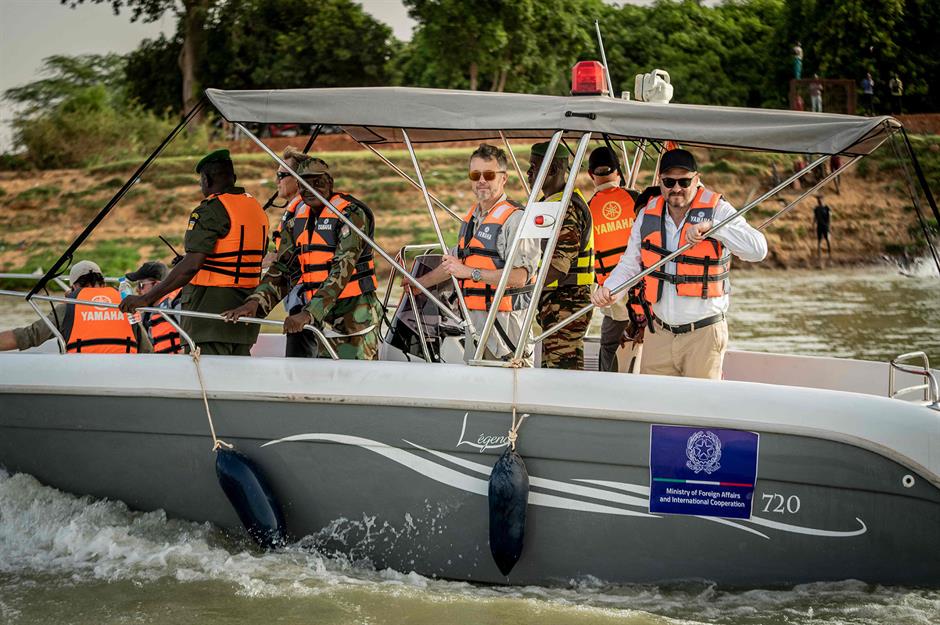
We’re now into the top five countries that satisfy the UN requirement to spend 0.7% of income on overseas aid. Denmark sets us off, with a 2023 figure of 0.73% and $3.06 billion (£2.5bn).
With the exception of 2022, Copenhagen has met the UN goal for at least four decades. Most of its foreign aid is diverted to poverty-stricken countries in Africa, though it’s also set up a generous aid fund for Ukraine.
4. Germany: 0.82%

Germany contributed around $37.9 billion (£31bn) in foreign aid in 2023, an increase of $2.3 billion (£1.9bn), or nearly 6.5% on 2022. In dollars, this is the second largest amount given by any donor on our list and, at 0.82% of Germany's GNI, stands well above the UN's 0.7% target.
The country first reached the target in 2016 and has continued to reach or even pass it in recent years. However, before the previous government collapsed, plans were in motion to dramatically cut foreign aid. With the new government prioritising defence spending, those plans remain on the table.
3. Sweden: 0.93%
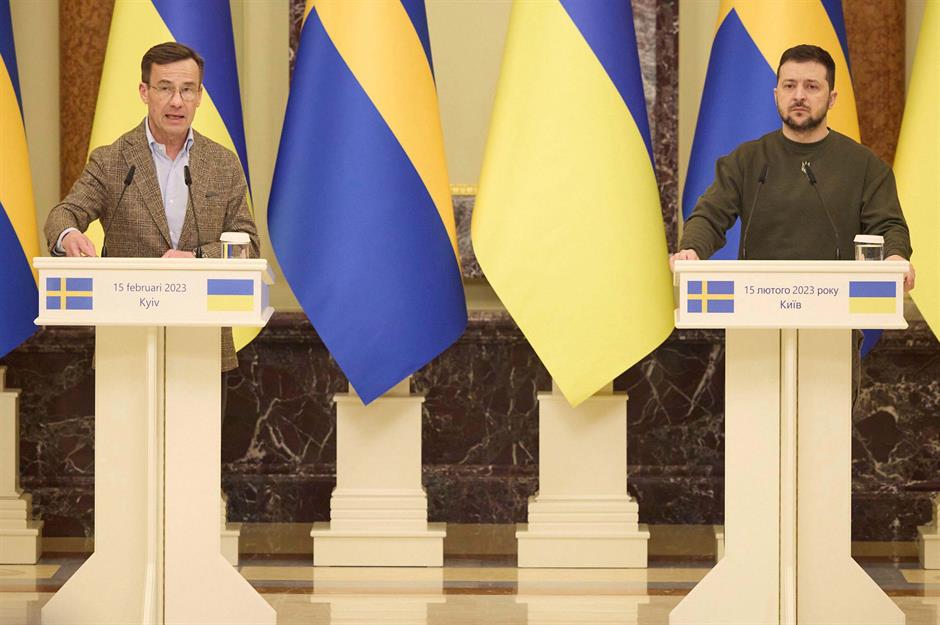
Sweden donated 0.93% of its GNI, or $5.62 billion (£4.5bn), in 2023.
This is a slight increase from 0.89% the year before – and its ODA also increased in monetary terms from 2022 to 2023. The OECD has attributed this to increased aid for Ukraine and in-donor refugee costs. However, in 2022, Stockholm abandoned a long-standing aim of providing 1% of its income in aid and is seeking to reform how it provides assistance in the future.
2. Luxembourg: 0.99%
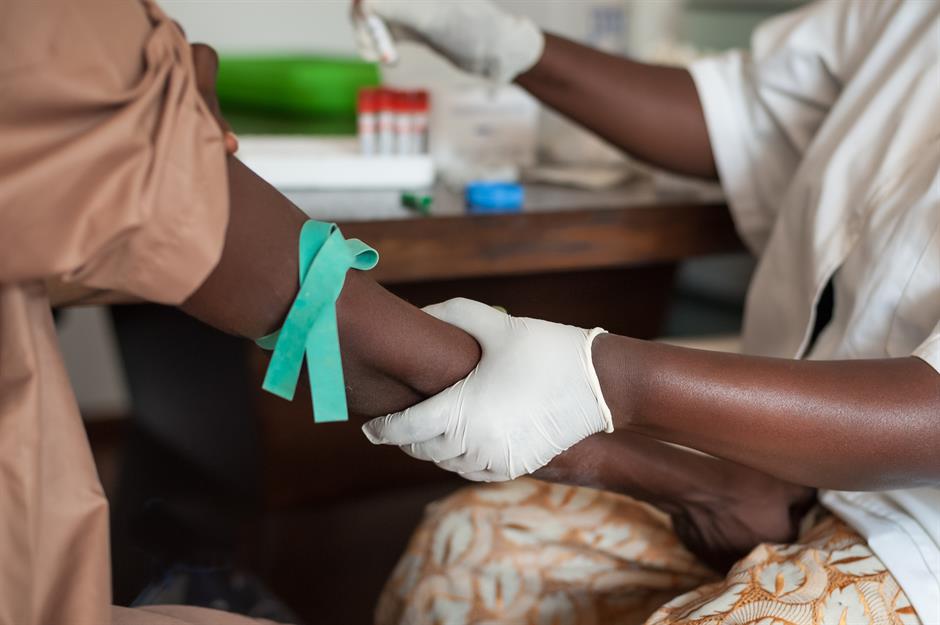
Tiny Luxembourg only has a population of around 659,000 – but it's the second most generous country in the world when it comes to foreign aid as a percentage of GNI, donating 0.99% of its gross national income in 2023. This equates to $580 million (£467m).
Luxembourg has surpassed the UN’s 0.7% target since 2000 and focuses its aid on six partner countries, five of which are located in sub-Saharan Africa.
1. Norway: 1.09%
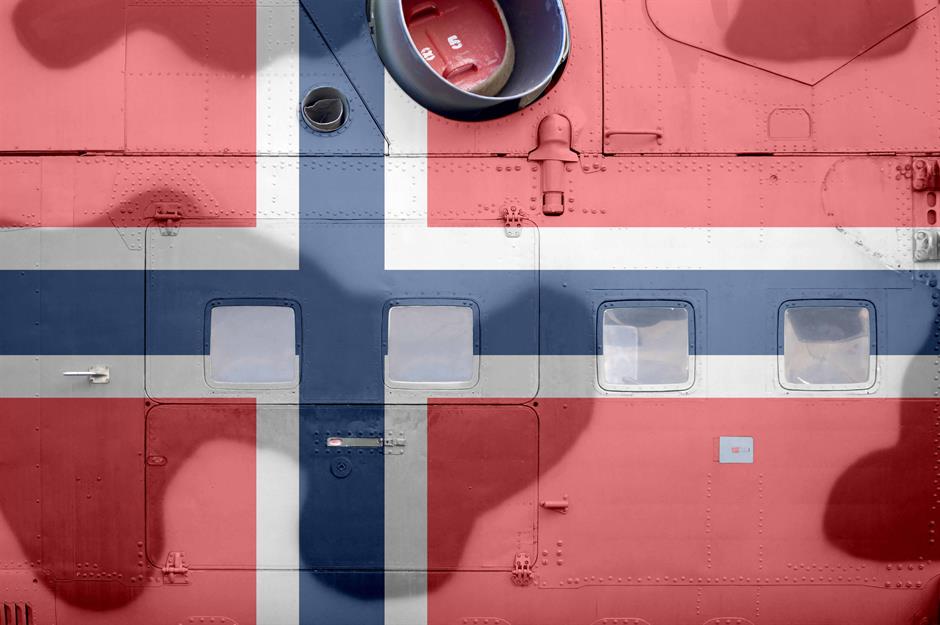
Norway's ODA contributions fell between 2021 and 2022. However, in monetary terms, its donations increased. Now, it’s top of the pile with a world-beating 1.09% of its income given in aid in 2023. That’s equivalent to $5.55 billion (£4.5bn) – some $350 million (£282m) more than the year before.
One of only five wealthy countries to exceed the 0.7% target, Norway set its own goal of committing to a full 1%. Its foreign aid policy typically focuses on food security, climate, health, inequality and sexual and reproductive rights, according to the OECD.
Comments
Be the first to comment
Do you want to comment on this article? You need to be signed in for this feature
Most Popular
Features How Michael Jackson's children boost their bank balances